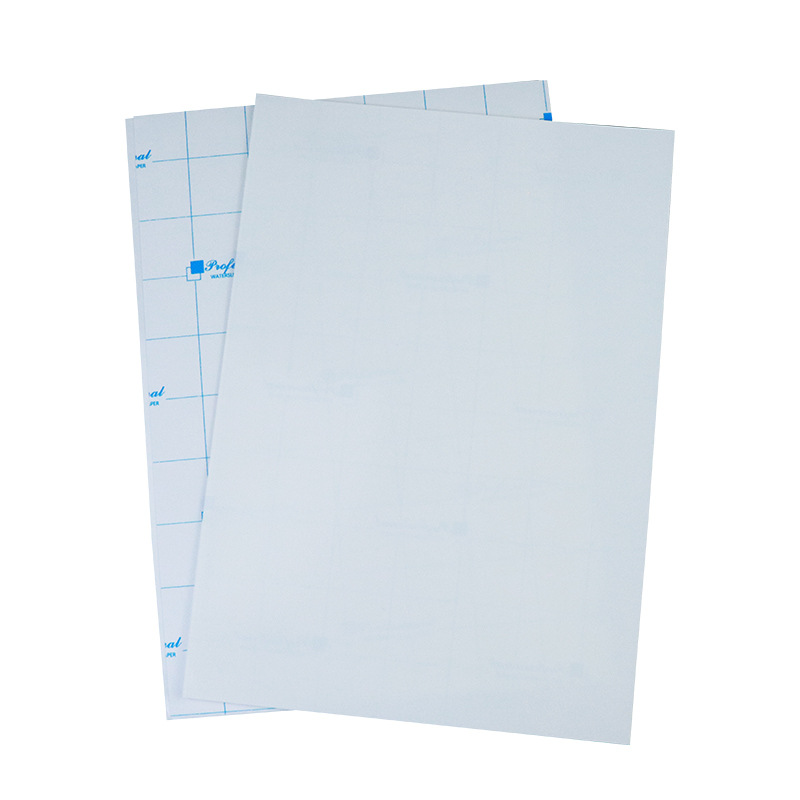Temperature Resistance of High-Temperature Label Paper
High-temperature label paper plays a crucial role in various industries, where labels need to withstand extreme temperatures. From automotive to aerospace, electronics to medical devices, the demand for temperature-resistant sticker labels is ever-increasing. In this article, we will explore the importance of temperature resistance in high-temperature label paper and its applications in different sectors.
Understanding Temperature Resistance
Temperature resistance refers to the ability of a material to withstand and maintain its integrity under high-temperature conditions. In the case of high-temperature label paper, it denotes the labels' capacity to endure elevated temperatures without smudging, fading, or losing their adhesive properties. This resistance is crucial in environments where extreme heat is present, such as industrial ovens, engine compartments, or electronic components.
The Significance of Temperature Resistance
Temperature resistance is vital for high-temperature label paper due to several reasons:
1. Durability: Labels that lack temperature resistance may deteriorate, fade, or peel off when exposed to high temperatures. This compromises their ability to convey essential information, such as product identification, warnings, or tracking details. Temperature-resistant labels ensure durability and maintain legibility even in harsh conditions.
2. Safety: In industries like automotive and aerospace, where high temperatures are prevalent, safety is of utmost importance. Labels that can withstand extreme heat ensure that critical information, such as safety instructions or warnings, remains visible and intact. This helps prevent accidents and ensures the well-being of individuals working in these environments.
3. Compliance: Many industries are subject to strict regulations regarding labeling requirements. Temperature-resistant labels are often necessary to comply with these regulations, ensuring that necessary information remains legible and intact throughout a product's lifecycle, regardless of environmental conditions.
Applications of High-Temperature Label Paper
High-temperature label paper finds applications in various industries:
1. Automotive: In the automotive industry, high-temperature label paper is used for engine labels, under-hood labels, and exhaust system labels. These labels must withstand the extreme heat generated by engines, ensuring that critical information, such as maintenance instructions or safety warnings, remains visible.
2. Electronics: Electronic devices, especially those used in industrial settings, generate significant heat. High-temperature label paper is essential for labeling circuit boards, control panels, and other electronic components. These labels endure high temperatures without smudging or losing adhesive properties, ensuring that the labels remain intact and readable.
3. Aerospace: In the aerospace industry, high-temperature label paper is used for labeling aircraft engines, fuel systems, and other critical components. Labels must withstand extreme temperatures during flight and while the aircraft is on the ground. Temperature-resistant labels ensure that vital information remains visible and readable for maintenance and safety purposes.
4. Medical Devices: Certain medical devices, such as sterilization equipment, operate at high temperatures. High-temperature label paper is used to label these devices, ensuring that important information, such as sterilization instructions or expiration dates, remains intact and legible throughout the sterilization process.
Conclusion
Temperature resistance is a crucial characteristic of high-temperature label paper. Its ability to withstand extreme heat ensures durability, safety, and compliance in various industries. From automotive to aerospace, electronics to medical devices, temperature-resistant sticker labels play a vital role in conveying critical information in harsh environments. By using high-temperature label paper, businesses can ensure that labels remain intact, legible, and effective even in the most demanding conditions.
We offer comprehensive technical support, including free professional labeling solutions, advice on label materials and adhesive selection, as well as online/offline assistance from professional software and hardware engineers. Service email: andy@ownlikes.cn. In pre-sales, we leverage our extensive experience in specialty labeling projects to provide clients with the most suitable hardware solutions. Additionally, all our label barcode printers and scanners come with a three-year free warranty, demonstrating our confidence in our products.






This site is protected by reCAPTCHA and the Google Privacy Policy and Terms of Service apply.